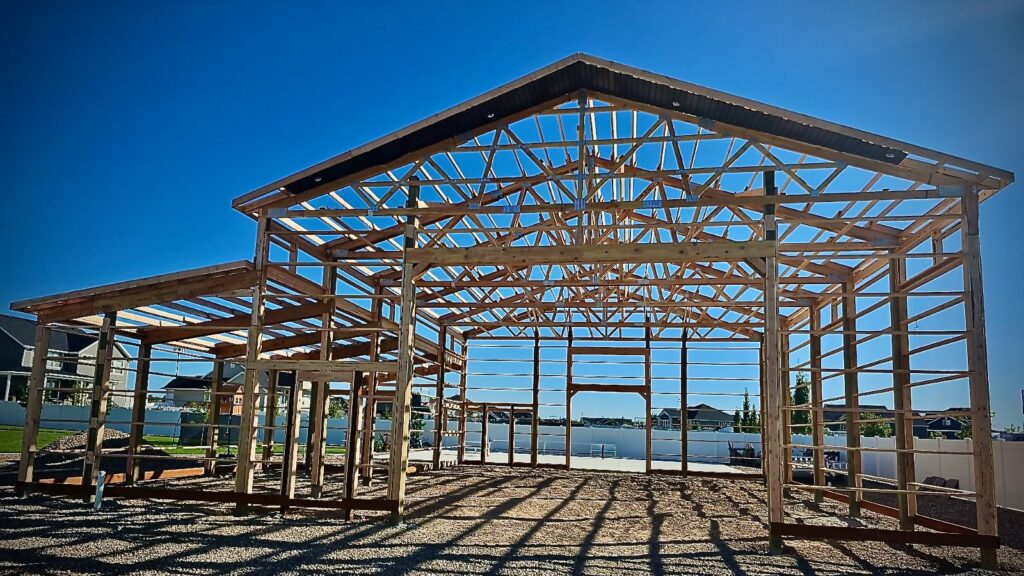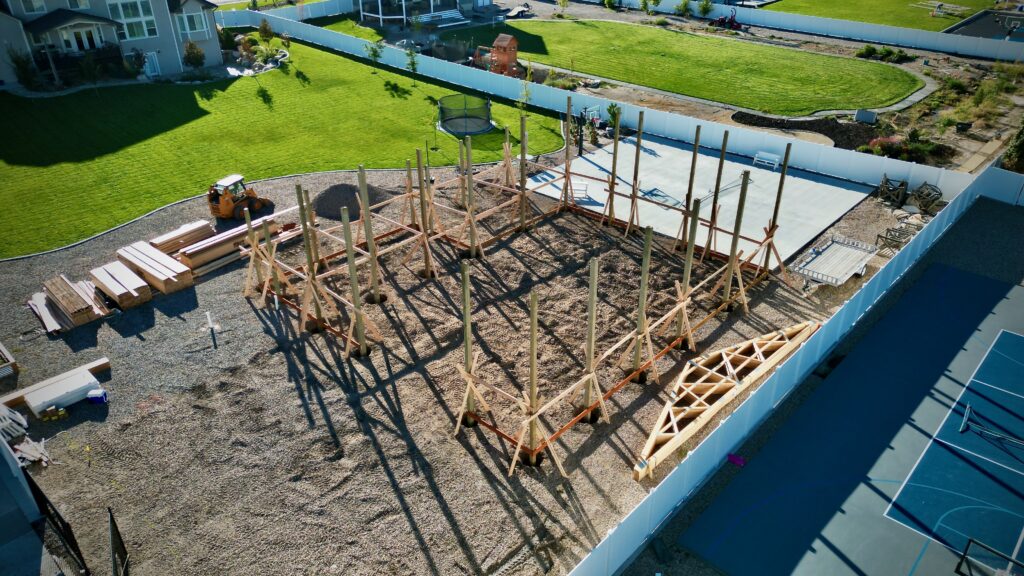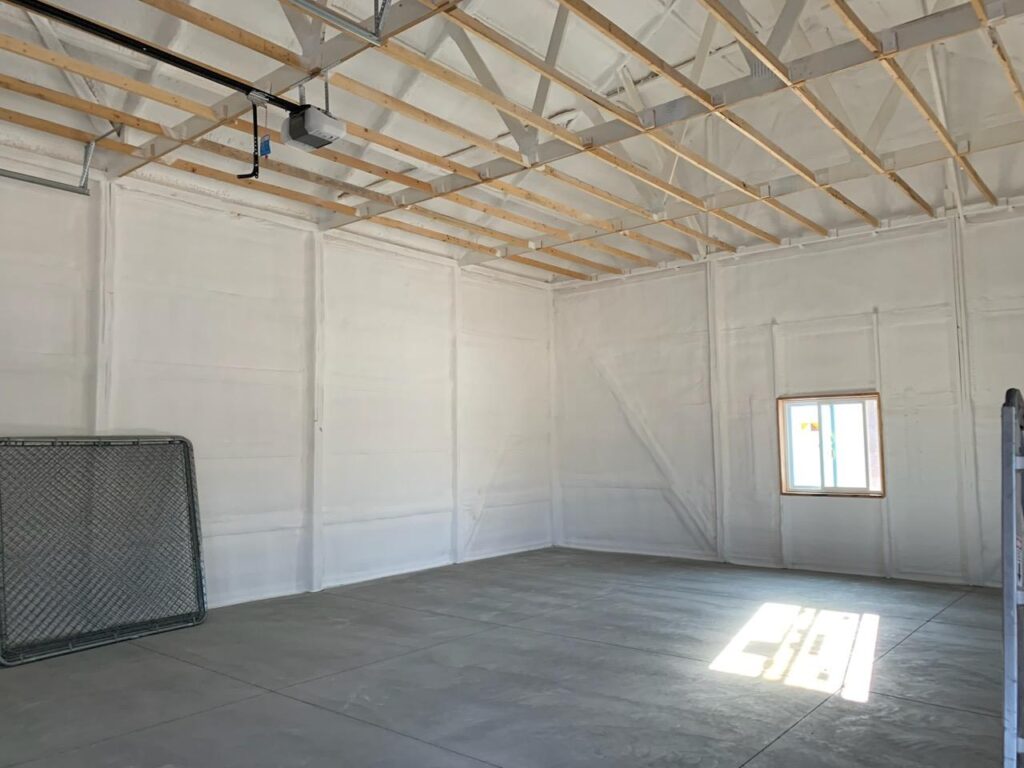Why do they call it a Pole barn? Unveiling the Versatility of Pole Barn Structures
Are you among the thousands curious about what a pole barn is? You’re not alone! Pole barns, rapidly gaining popularity across the United States, are renowned for their ease of construction and affordability. With a variety of styles and functionalities, pole barns are far more than just agricultural staples. In this article, we’ll dive into the essence of pole barns and explore their diverse uses.

- The Origin of ‘Pole Barn’
The term ‘pole barn’ originated during the Great Depression, where utility poles were repurposed as structural columns in farming buildings. Modern pole barns, used in various contexts, can refer to agricultural buildings, sheds, garages, commercial structures, homes (barndominiums), offices, carports, and more.

- What Is a Pole Barn House?
A pole barn house, or ‘barndominium’, offers an economical approach to spacious living. These structures provide all the comforts of traditional homes but at a fraction of the cost and without the need for in-ground foundations.
- Uses of a Pole Barn
Pole barns serve many purposes:
Toy Shed
Horse Barns
Equipment Storage
Garages
Workshops
Homes (Barndominiums)
Offices
RV Storage
- Pole Barn vs. Traditional Barn
The key difference lies in the foundation – pole barns are more cost-effective, with less expensive materials and simpler construction processes, yet they match the durability of traditional barns.
- Durability of Pole Barns
Pole barns can withstand extreme weather and last up to 100 years if maintained properly. They are fire-resistant and can endure high winds, making them reliable even in harsh conditions.
- Pole Barn and Post Frame Construction
‘Pole barn’ and ‘post frame building’ are often used interchangeably. Post frame is the method used in modern pole barn construction, utilizing various pole shapes and styles.
- Pole Barn vs. Stick Buildings
Pole barns are quicker and more cost-effective to build than stick buildings. They offer better insulation, fewer breakpoints, and greater durability in severe weather.
- Designing Your Pole Barn
When designing a pole barn, consider:
– Siding (typically 29 gauge steel panels)
– Roofing (customizable in overhang, height, and pitch)
– Footer (deciding on ground contact)
– Insulation (based on usage)
– Size (tailored to your needs)
- Pole Barn Foundation Options
Pole barn foundations come in three main types: Traditional Treated posts imbedded in a concrete pier, Permacolumn Wet Set and Permacolumn Concrete Post
- Pole Barn Roof Varieties
Choose from Gambrel, Gable, or Shed roofs, each offering unique structural and aesthetic qualities.
- Insulating Your Pole Barn
Insulating a pole barn is common and enhances energy efficiency, making it a cost-effective option for maintaining temperature control. Options include batt, blown in, and spray foam.

- The Many Advantages of Pole Barns
Pole barns offer numerous benefits including cost efficiency, customizable sizes and styles, energy efficiency, durability, and liveability.
- About Apex Structures’ Pole Barns
With over 20 years of construction experience, Apex Structures is a leading expert in pole barns. We offer a wide range of pole barn types, catering to diverse needs from sheds to barndominiums.
Now you know – a pole barn can be so much more than just a barn. With Apex Structures, the possibilities are endless. Contact us today to discover how a pole barn can be the perfect solution for you.
